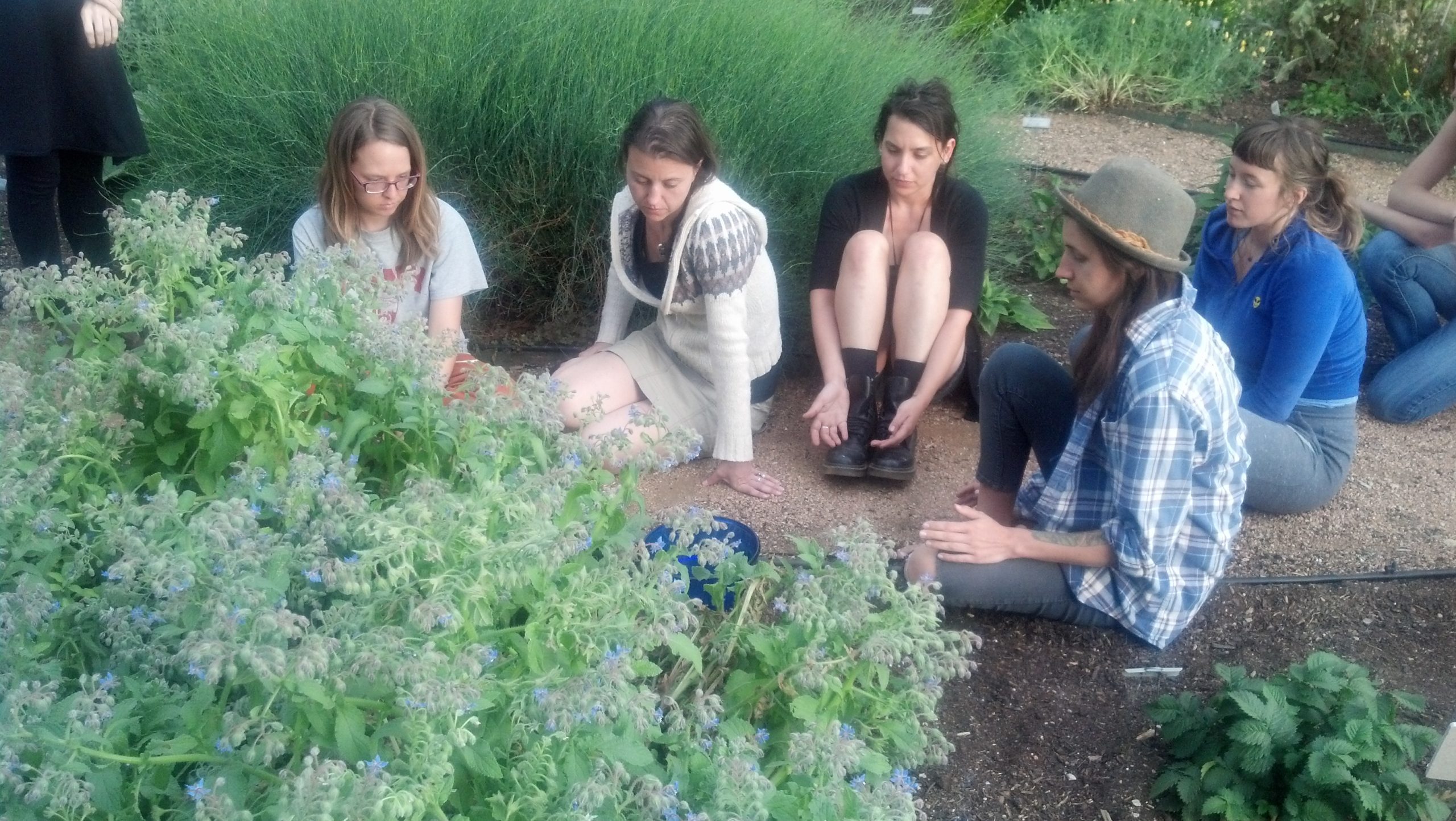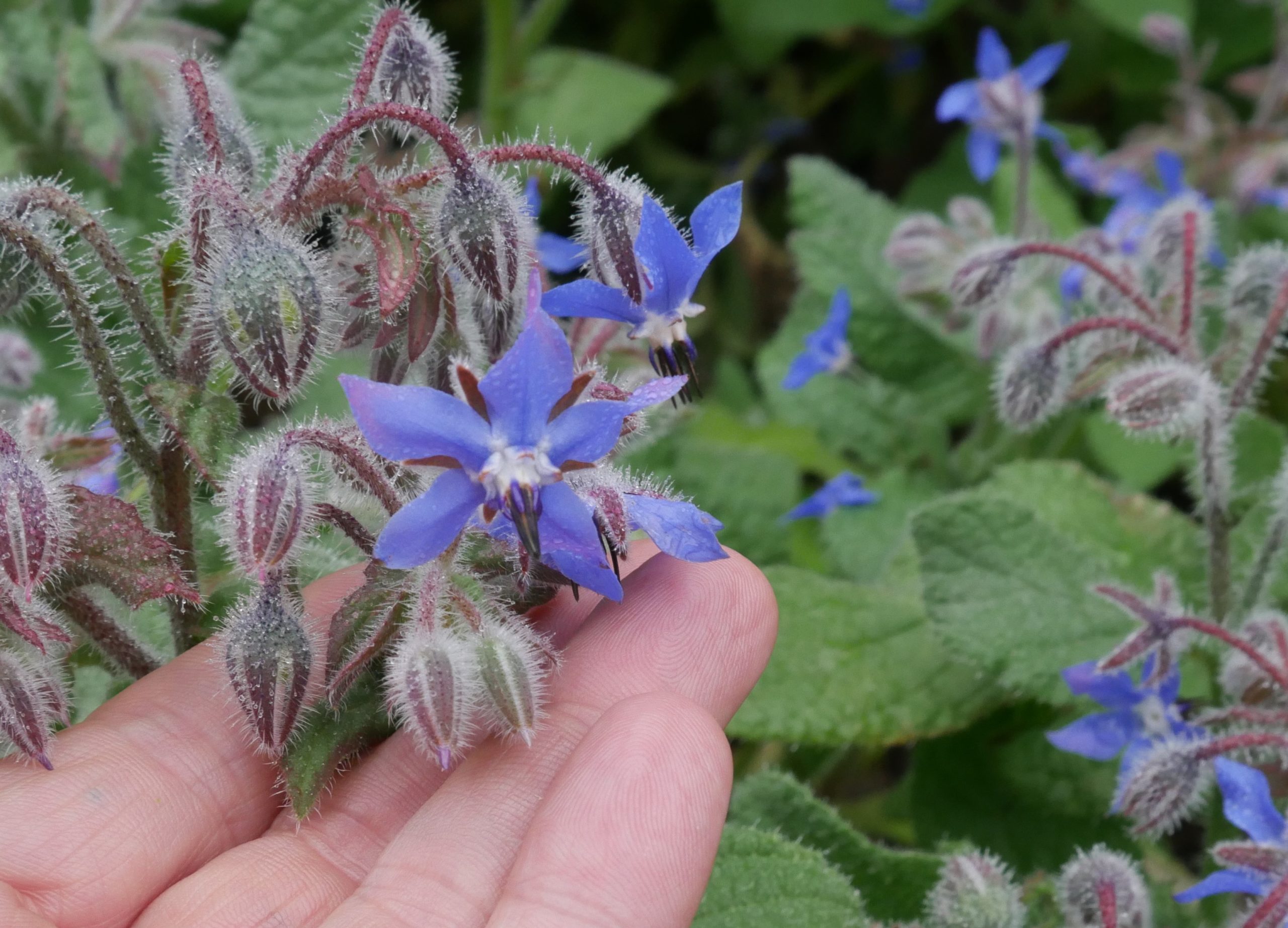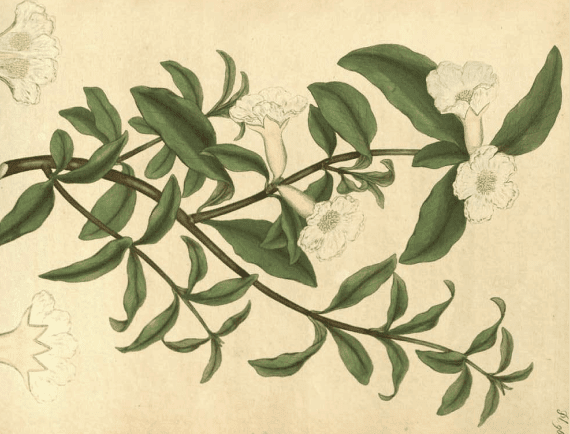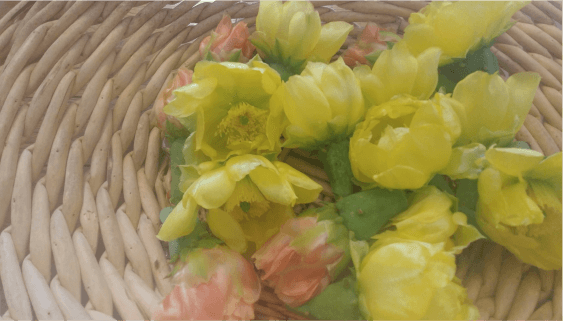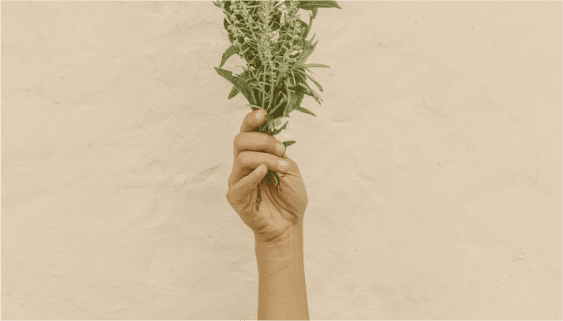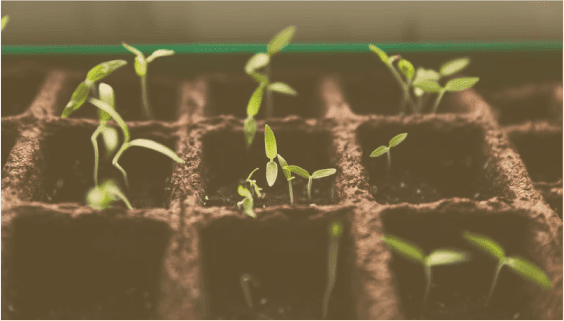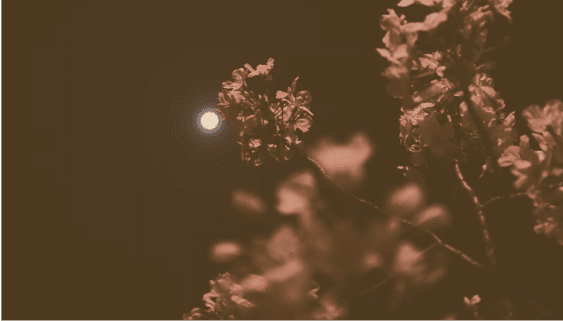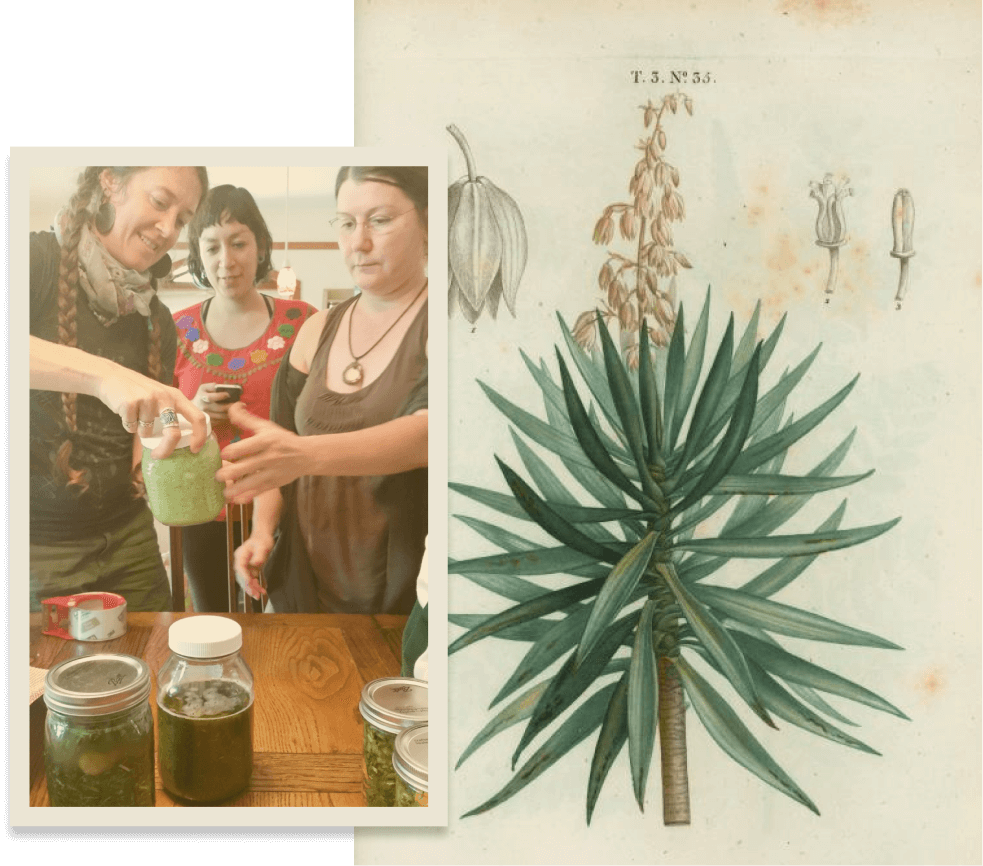Latin: Borago officinalis in the Boraginaceae Family
It is thought that the name may be derived from the latin word corrago, “cor” meaning heart and ago meaning “I bring” in old French Bourra means wool or hair
Borage isnative to the Meditteranean and is grown as a garden plant in the U.S. This annual herb grows about a foot or two tall and it is covered with striking white, stiff, prickly hairs, giving it a rough feel. It has round, hollow stems with alternate leaves that grow about, 3 inches long or more and smell faintly of cucumber. The star shaped flowers, are bright blue and with black anthers that stick out. It will die with the heat or with a freeze, and scattering seeds is a good way to bring it back the following year!
One of the things you notice most about borage is how many bees are dancing amongst its flowers and leaves. It is thought to be a helpful companion plant, especially to strawberries and tomatoes.
Harvesting in Temperate zones: Borage grows and blooms throughout the late spring into summer and can be harvested then.
Harvesting in the Deep South/Texas: Borage can be grown and harvested throughout the winter in Central Texas into spring. It grows easily with little help in gardens throut the cooler months. I planted mine in among my winter vegetables.
Historical Use: The Welsh called borage llanwenlys, meaning “herb of gladness,”. The young top shoots of Borage were used in salad and boiled and eaten as a pt herb due to the amount of vitamins and minerals it contains. Borage had a reputation for invoking courage. Latin verse states ““I, Borage, always bring courage.”Borage has a long history of brightening people’s spirits, and was added to wines. Externally borage was used to treat inflammations. Internally it was used medicinally to treat lung problems.
Over the centuries, Borage has been used in many fresh plant preparations including cordials, wines, tea, as a food, and lotions and liniments.
Greek physician Dioscorides, in his De Materia Medica, suggested to take borage to ‘cheer the heart and to lift the depressed spirits’.
John Gerard, in his 1597 publication, ‘Herbal’, spoke of the virtues of borage ‘for the comfort of heart, to drive away sorrow, and increase the joy of the minde’.
Modern uses include the preparations of its oil from the seeds to supplement gammolinoleic acid, and EFA in the diet. This oil is used to help regulate the menstrual cycle, lower blood pressue, treat IBS and regulate the hormones in general.
The leaves and flowers are also used to increase lactation, as well as support the adrenals, helping to rejuvenate those suffering from adrenal exhaustion. There is concern about the presence of pyrrolizidine alkaloids in the plant, so many caution against its use in pregnancy and any sort of longterm use. There is much controversy as to whether these alkaloids are truly a problem or not.
Newer research points to its ability to take up high levels of salt in the soil, where it is entering as a potential plant for bioremediation of saline soils.
My own use: My favorite way to use borage is either directly out of the garden on top of salads or in drop dosage in formulas to lend deep strength folks, when they feel worn out or their spirit is down. Eating the cucumber flavored flowers and young shoots out of ones garden has , and is, a pretty common occurrence. I have sat year after year with students, making batches of flower essences, to help keep one’s head up when times get dark and gloomy.
Please do research the plant yourself, and make your own decisions about safety.
https://www.ajol.info/index.php/ajb/article/view/137935 Evaluating potential of borage (Borago officinalis L.) in bioremediation of saline soil, African Journal of Biotechnology, Vol 10, No 2 (2011)
https://botanical.com/botanical/mgmh/b/borage66.html
